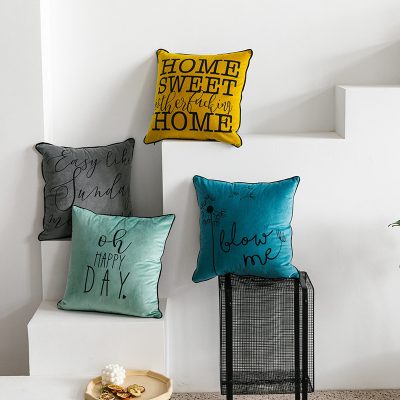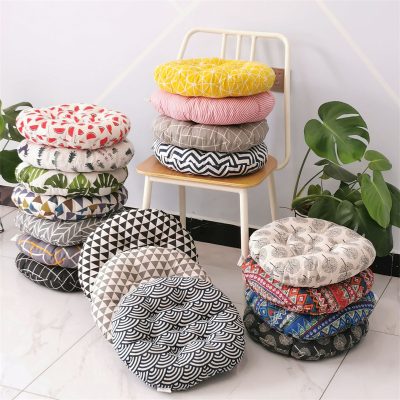The history of pillowcases is an interesting journey that spans centuries and reflects the evolution of bedding and textiles. Here’s a brief overview of the history of pillowcases:
- Ancient Civilizations: Pillowcases have a long history dating back to ancient civilizations. In ancient Egypt, around 3000 BC, pillows were made from stone, wood, or ceramic, and they were often highly decorated. Linen was the primary material used to create pillowcases for these early pillows. Egyptian linen pillowcases were intricately embroidered and served both functional and decorative purposes.
- Middle Ages: During the Middle Ages in Europe, pillows were considered a luxury item and were often quite ornate. Pillowcases were made from expensive fabrics like silk, satin, and velvet. They were used not only for comfort but also as a status symbol among the wealthy.
- Renaissance Era: As Europe entered the Renaissance period, pillowcases became more accessible to the general population. The use of cotton fabric became more widespread, making pillowcases more affordable. People started using simple white cotton or linen pillowcases, and these became more common.
- 18th and 19th Centuries: Pillowcases continued to evolve in terms of materials and design. Cotton became the predominant material for pillowcases due to its affordability and comfort. Decorative elements like lace and embroidery were still popular during this time, especially among the upper classes.
- Industrial Revolution: The Industrial Revolution in the 18th and 19th centuries brought significant changes to the textile industry. Mass production made cotton pillowcases even more accessible to the general population. With the development of sewing machines, pillowcases became easier and faster to produce.
- 20th Century: In the 20th century, the focus on convenience and practicality led to the widespread use of plain, white pillowcases. Pillowcases became standardized in size to fit the common pillow dimensions. The pillowcase design became simpler, emphasizing ease of cleaning and maintenance.
- Modern Times: Today, pillowcases are available in a wide variety of materials, colors, and designs to suit individual preferences. Common materials include cotton, microfiber, silk, and satin. Pillowcases are not only functional but also used as a way to add style and personalization to bedrooms.
In modern times, pillowcases are an integral part of bedding sets, and they are often designed to match or complement bed sheets and duvet covers. They serve the dual purpose of protecting the pillow and providing comfort to the sleeper.
The history of pillowcases reflects changes in society, technology, and manufacturing processes over the centuries. From luxury items in ancient civilizations to everyday bedding essentials today, pillowcases have come a long way in terms of accessibility, comfort, and design.




















